When you buy products via links on our website, we might receive an affiliate commission. Learn more
9 Easy Tips to Prep Your Garden for an Abundant Spring Harvest!
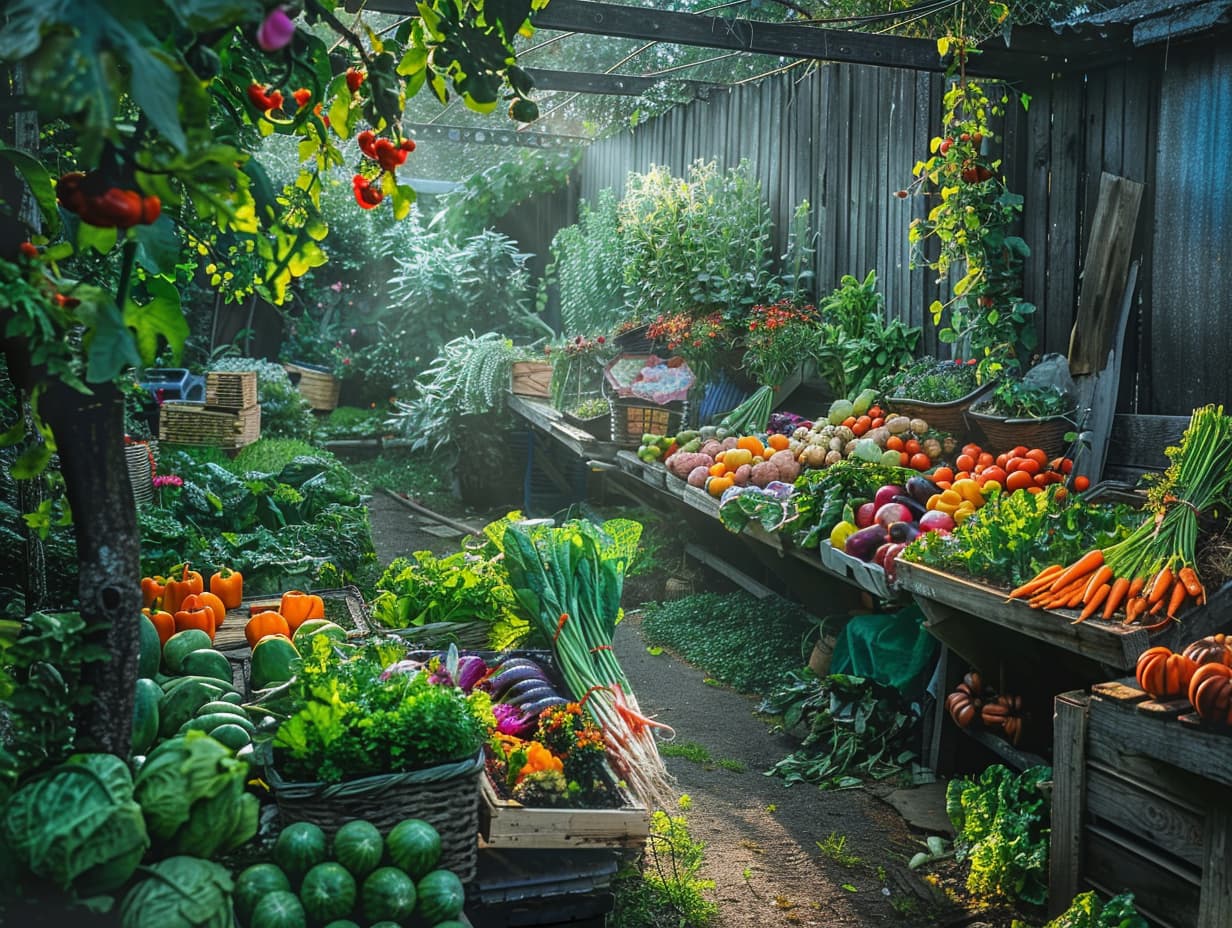
Fall is often seen as the end of the gardening season, but there's still plenty you can do to prepare your garden for a bountiful spring harvest.
Here are nine easy tips from expert gardeners that will help you get your garden ready for the next growing season.
Skip the Compost Pile, Bury Your Garden Debris
If you have excess garden debris, bury it directly in the ground instead of composting.
This method enriches your soil over the winter months as the material breaks down, adding fertility.
Plant Cover Crops
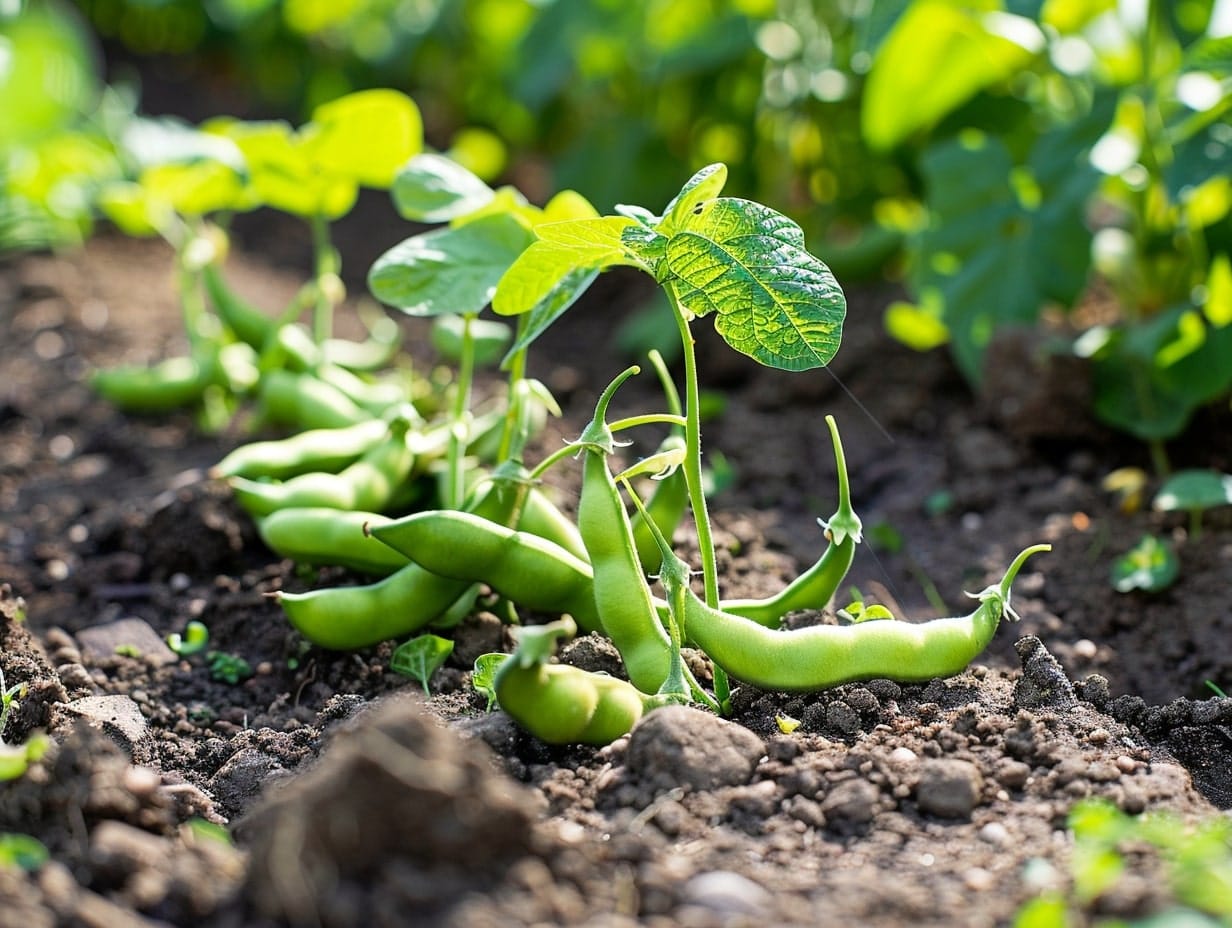
Cover crops like fava beans, crimson clover, and hairy vetch can improve soil fertility and suppress weeds.
They also provide habitat for beneficial insects, enhancing your garden's ecosystem.
- Why It's Beneficial: Cover crops prevent soil erosion and add organic matter to the soil, which improves its structure and nutrient content.
- How to Plant: Sow seeds in late fall. These plants grow quickly and can be turned into the soil in the spring.
Test Your Soil
Testing your soil helps identify nutrient deficiencies, allowing you to adjust your planting and soil amendment strategies for spring.
- Steps to Take: Use a soil test kit to check for pH levels and essential nutrients. Amend the soil based on the results to ensure optimal growing conditions.
Create a Leaf Mold Bin
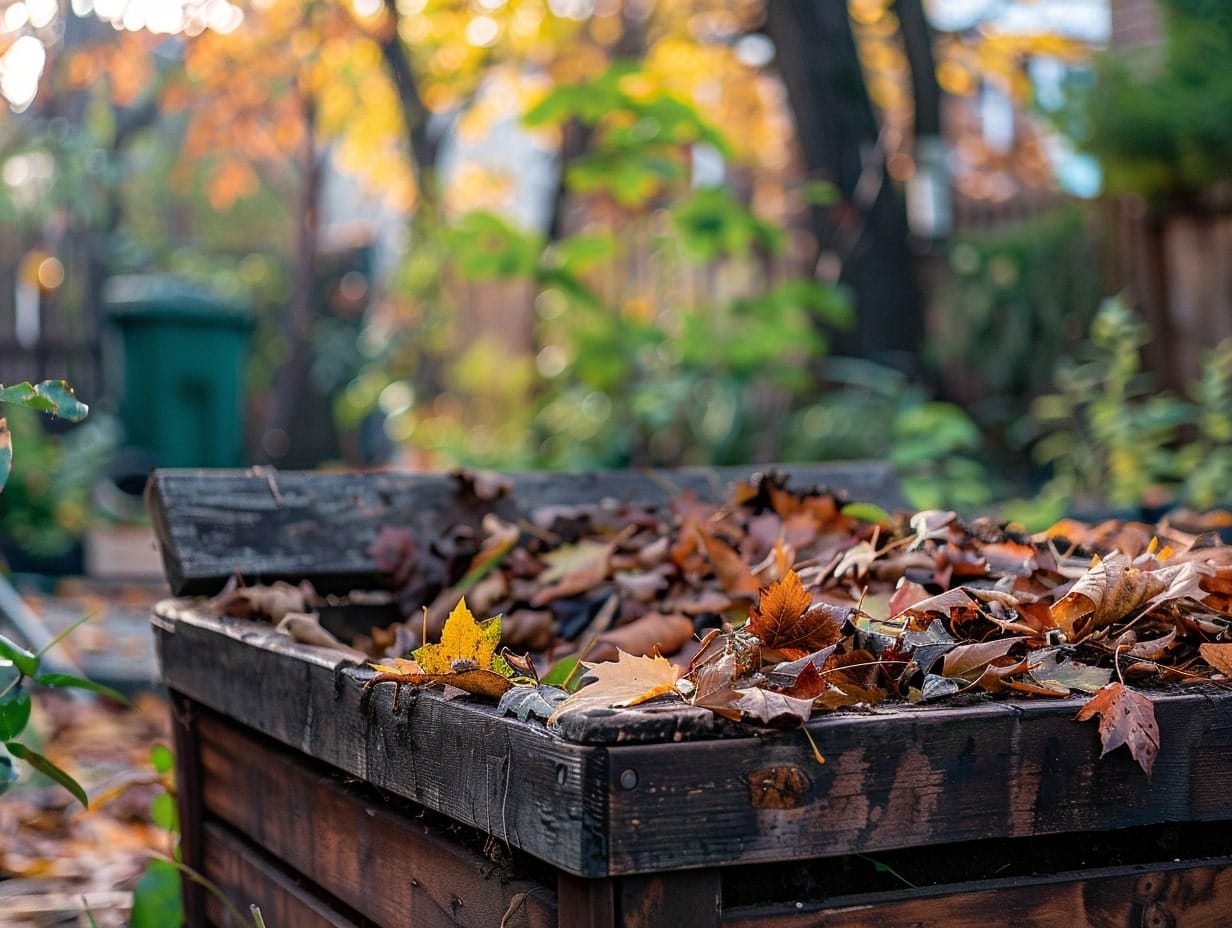
Use fallen leaves to create leaf mold, a valuable soil amendment. Simply collect leaves and place them in a wire bin to decompose over time.
- Benefits: Leaf mold improves soil structure and water retention, providing a rich, nutrient-dense material for your garden.
- How to Do It: Pile leaves in a bin and let them decompose naturally. Turn the pile occasionally to speed up the process.
Plant a Wellness Garden
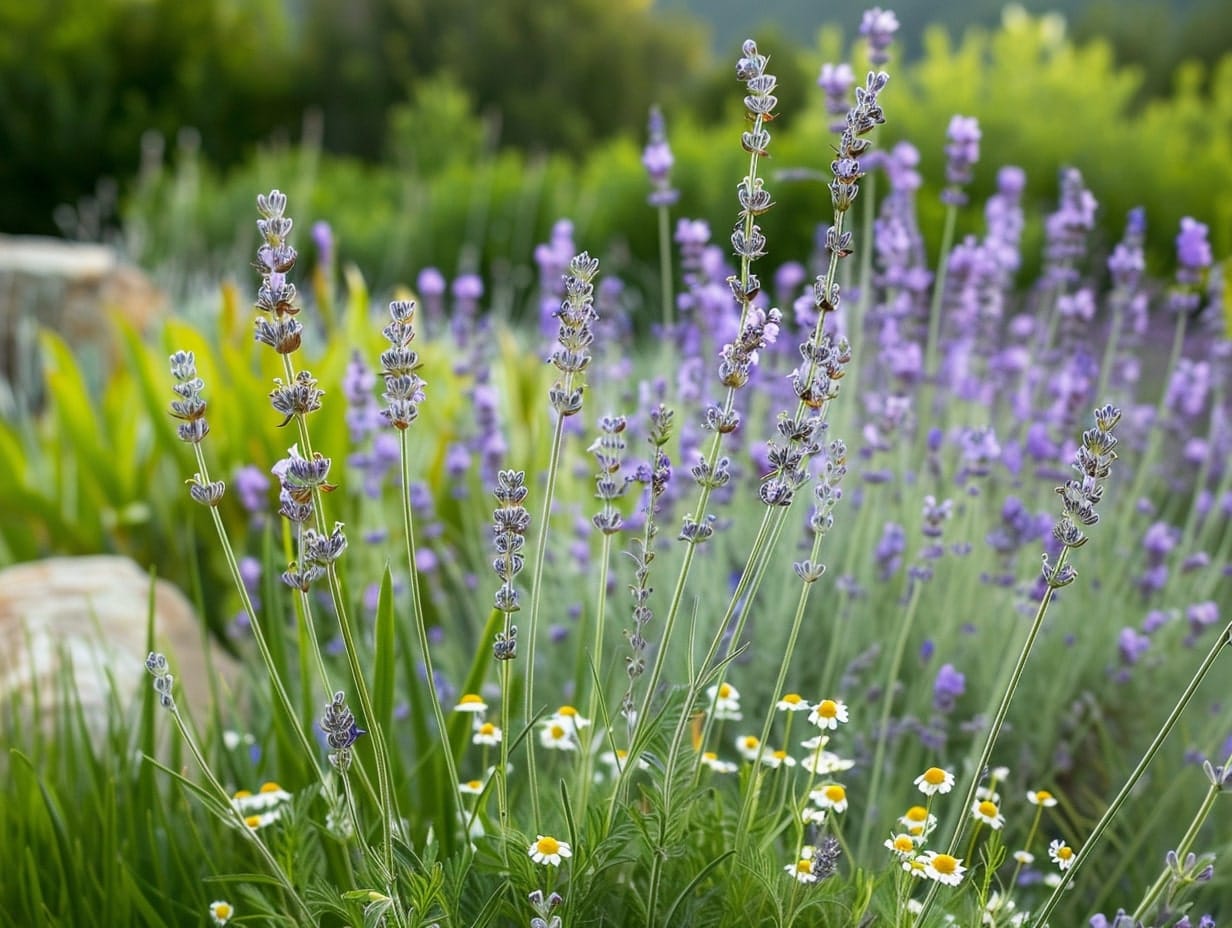
Grow herbs and plants for medicinal purposes, such as lavender, chamomile, echinacea, sage, rosemary, and calendula.
These plants offer various health benefits and can be used in teas, topical applications, and other remedies.
- Why It's Important: A wellness garden provides fresh, homegrown remedies and adds beauty to your garden.
- Planting Tips: Choose a sunny spot and ensure the soil is well-draining. Space plants appropriately to allow for growth.
Plant Long-Term Crops
Fall is the perfect time to plant crops that will mature in the spring, such as Brussels sprouts, alliums, garlic, onions, artichokes, and even fruit trees, depending on your climate.
- Advantages: Long-term crops utilize the fall and winter months to establish roots and get a head start in the growing season.
- How to Plant: Follow specific planting guidelines for each crop, ensuring they are planted at the correct depth and spacing.
Top Up Raised Beds with Organic Matter
Raised beds often lose soil over time. Replenish lost nutrients by adding compost, worm castings, and other organic matter before winter.
- Benefits: This practice enriches the soil, providing essential nutrients for plants.
- Application: Add a generous layer of organic matter to the top of your raised beds and lightly mix it into the existing soil.
Mulch Your Vegetable Beds
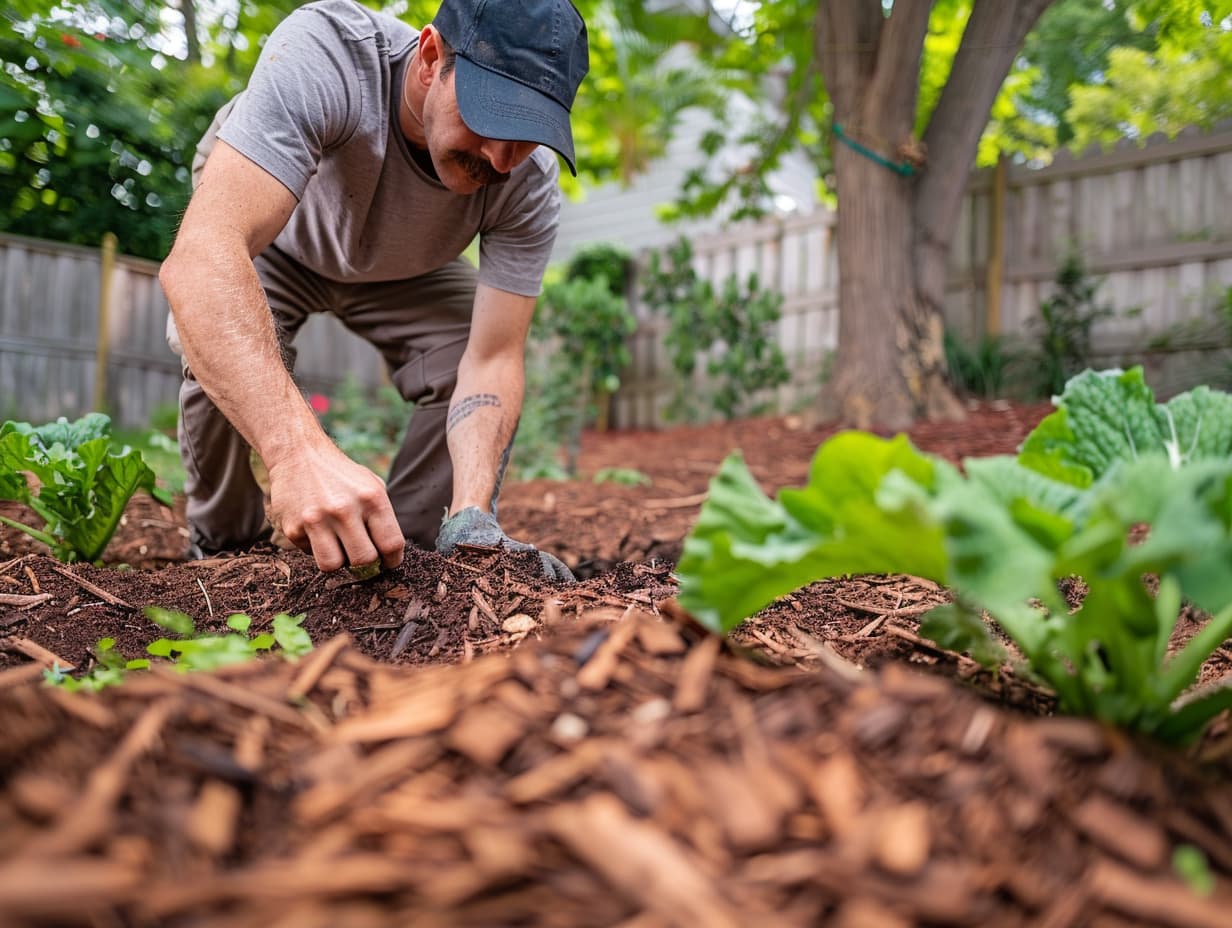
Mulching your beds with straw, compost, wood chips, or other materials protects the soil from erosion, insulates plant roots, and suppresses weeds.
You can even incorporate mushroom spawn into your mulch to grow your own mushrooms!
- How to Mulch: Spread a thick layer of mulch over your vegetable beds, ensuring the soil is covered but not smothering the plants.
- Additional Benefits: Mulch retains moisture, reducing the need for frequent watering.
Prune Wisely

Fall is a good time to prune certain plants, but it's essential to know which ones and how to do it properly.
Research the pruning needs of your specific plants before you start cutting.
- Pruning Tips: Remove dead or diseased branches first. Shape the plant to improve air circulation and light penetration.
- Why It's Crucial: Proper pruning promotes healthy growth and reduces the risk of disease.
Conclusion
By following these simple tips, you can prepare your garden for a successful spring season.
Remember, even though the main growing season may be over, there's still plenty you can do in the fall to ensure your garden thrives in the spring. So get out there, get your hands dirty, and enjoy the process!
